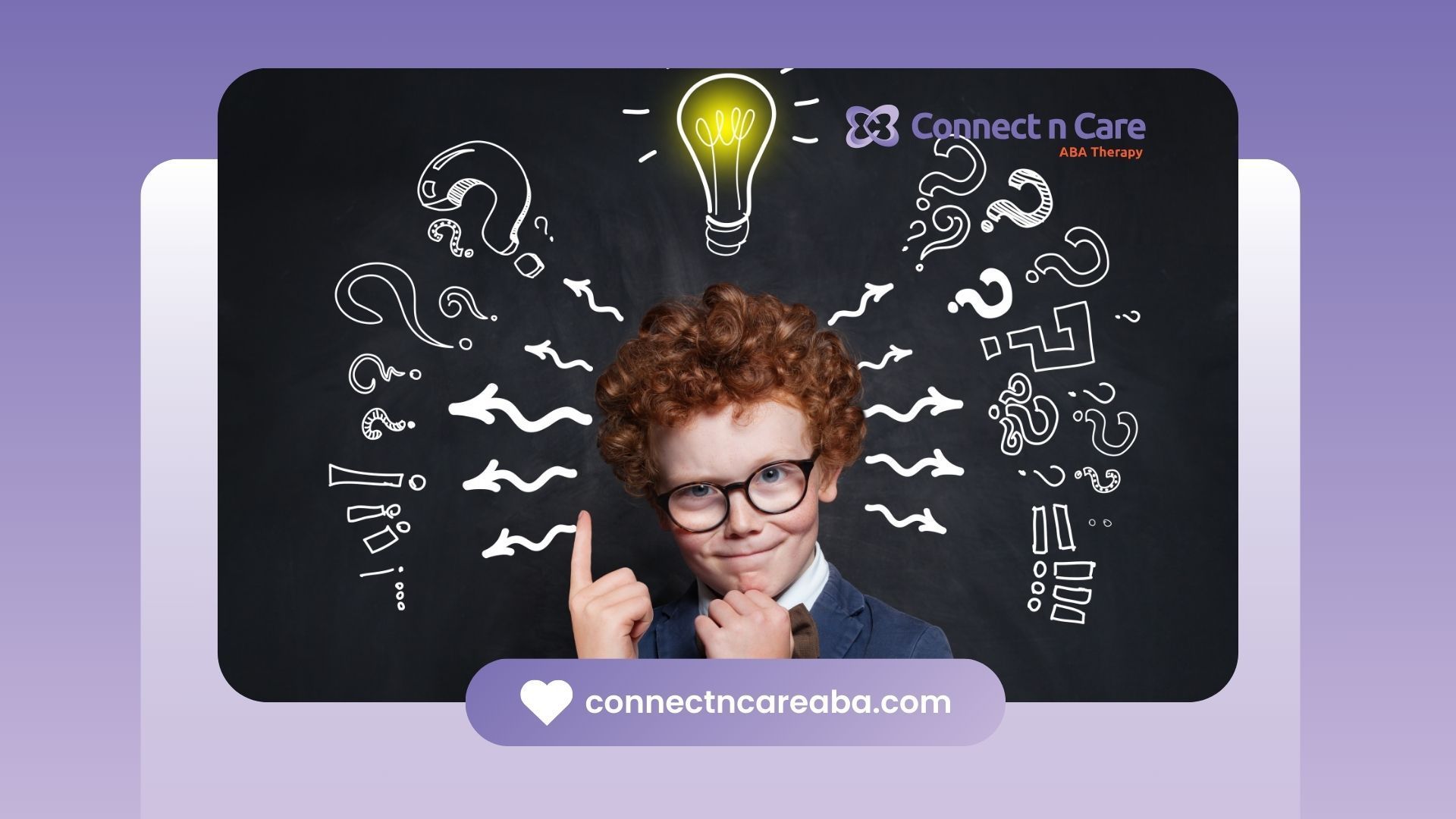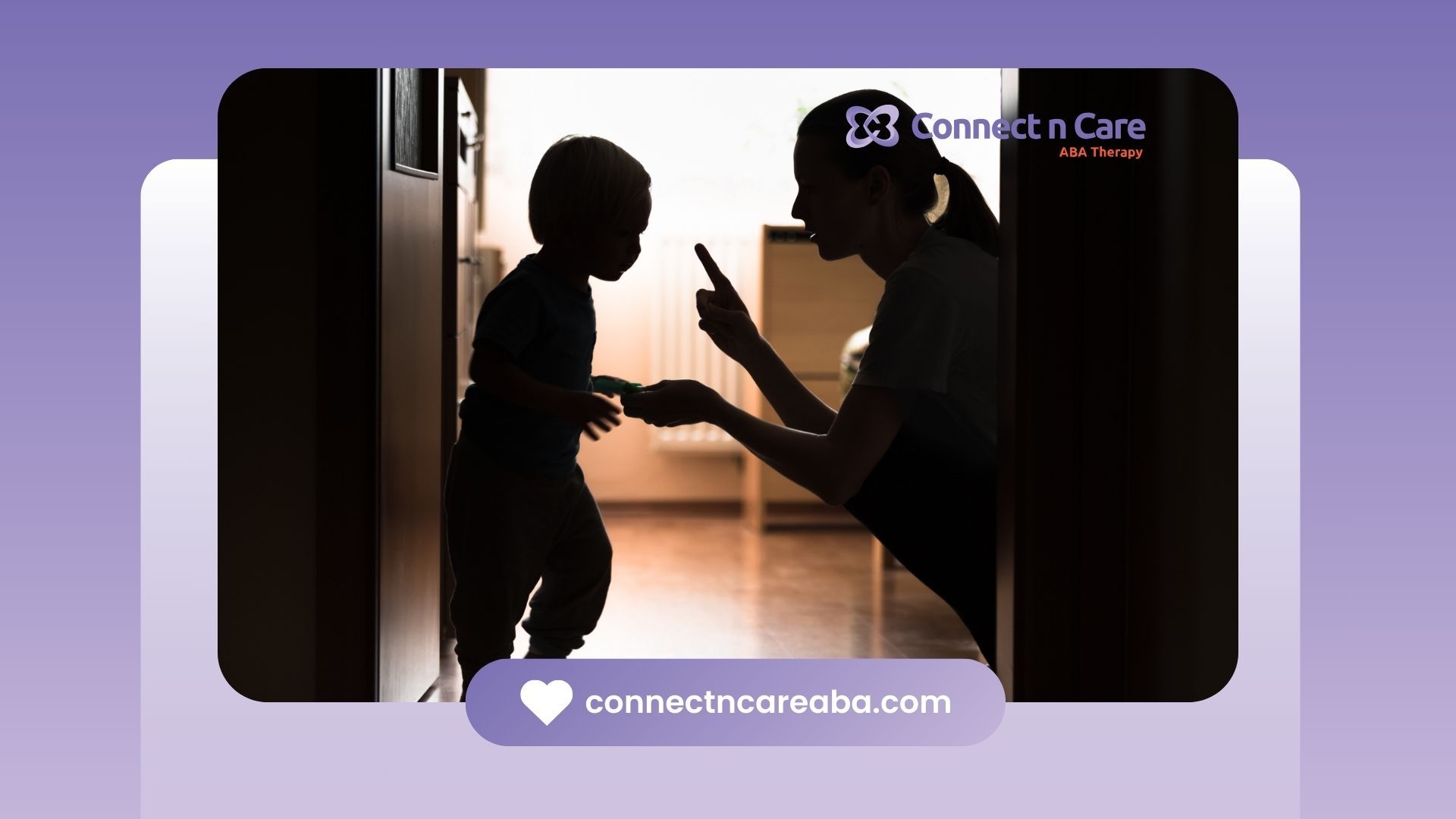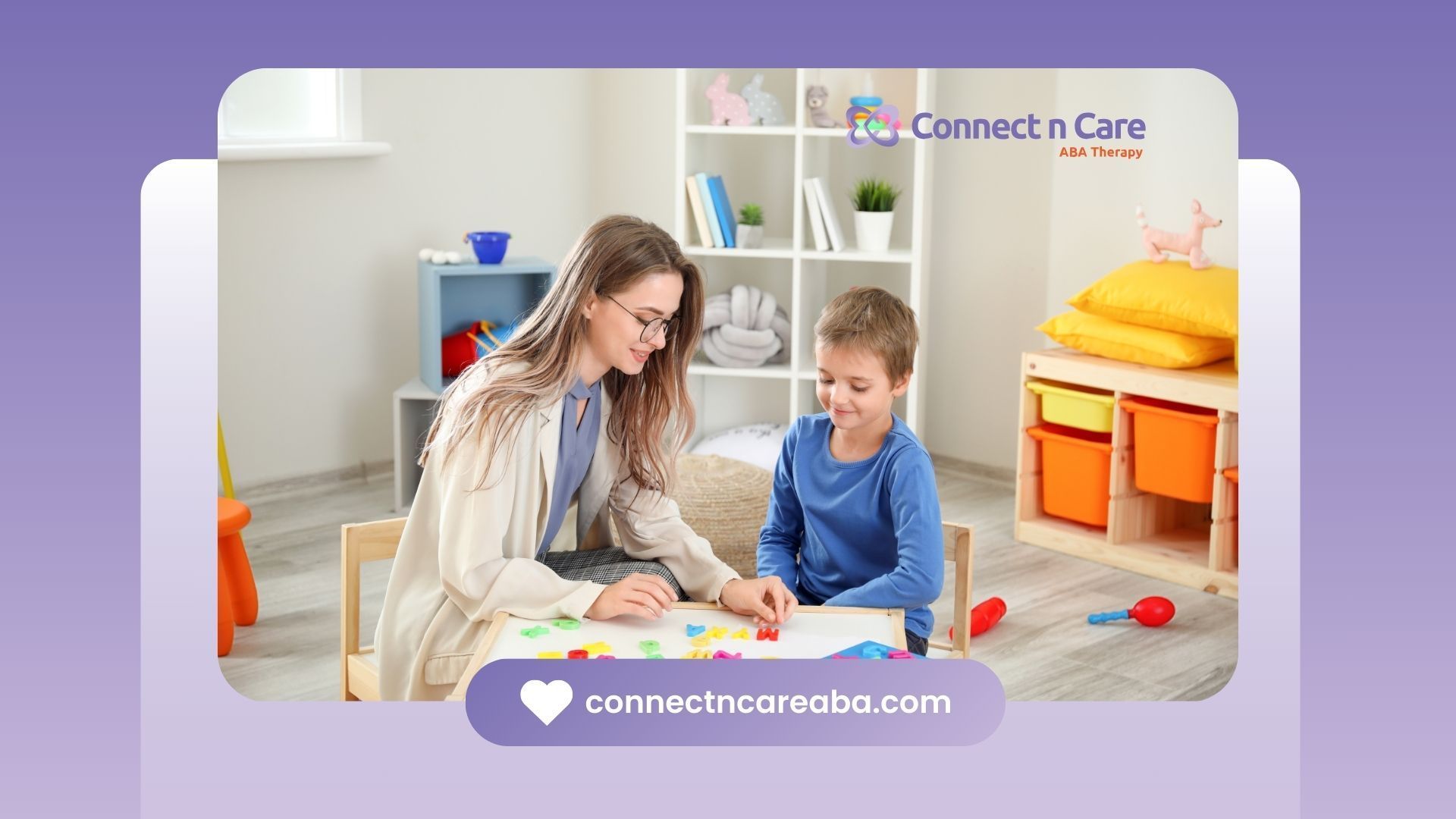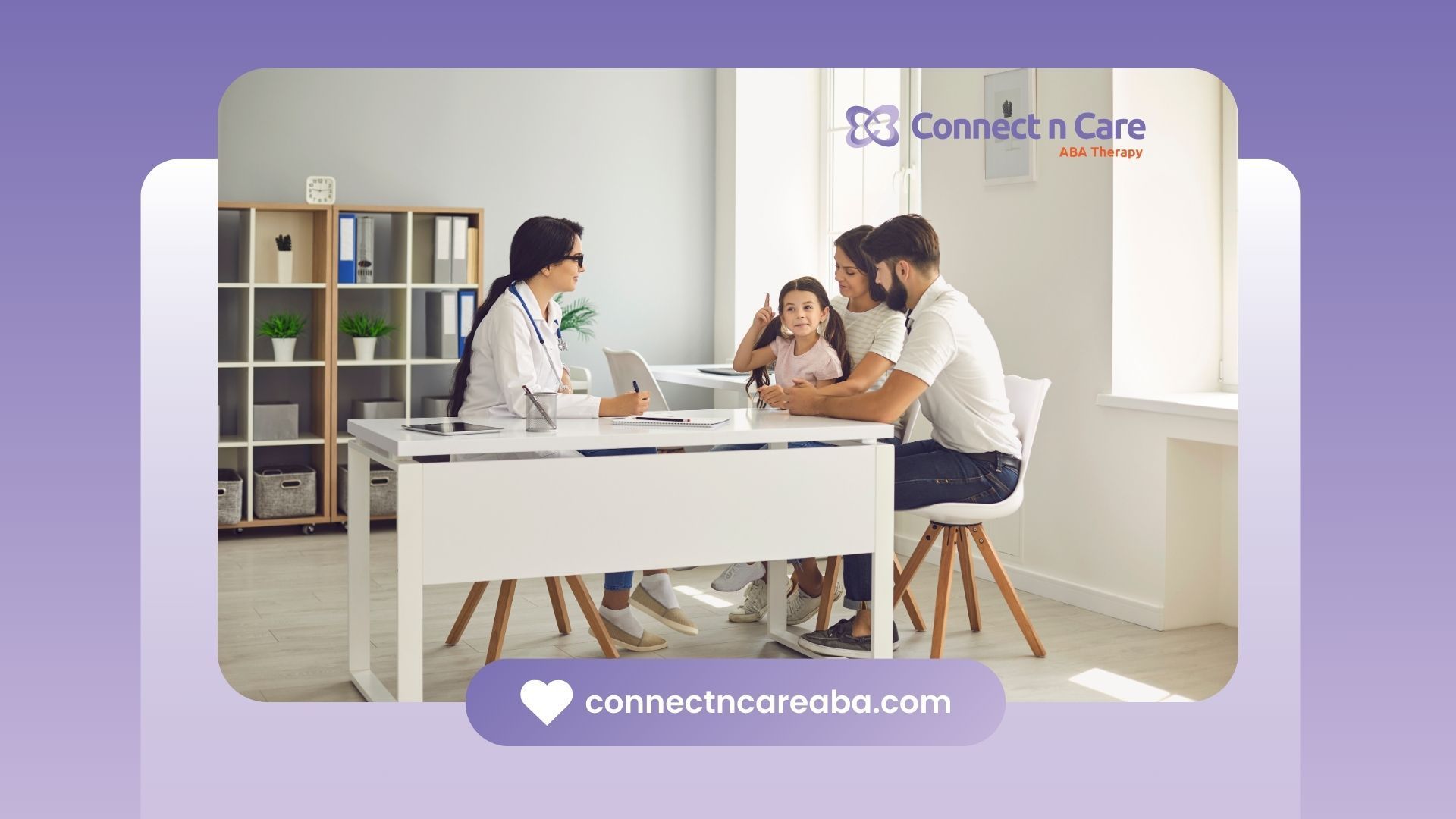Rooted in many years of research, contemporary ABA shows a significant change in applied behavior analysis. Traditional ABA mostly focused on changing behaviors using set techniques. In contrast, contemporary ABA has expanded its approach. This article will look at what makes contemporary ABA different. It will highlight its main ideas, benefits, and how it can be used in different places, such as homes and learning centers.
Defining Contemporary ABA Therapy
Contemporary ABA therapy takes a kinder and more personal approach than traditional ABA treatment, which is often very structured. It understands that the basics of behavior analysis are important, but how we apply them should change according to the person’s needs.
This means that contemporary ABA therapy looks beyond just changing difficult behaviors. It aims to create real connections, help people become more independent, and develop skills in everyday environments. This approach helps us understand neurodiversity better. It shows us that autism is a different way to see the world, not something that needs to be "fixed."
The Evolution from Traditional to Contemporary ABA
Traditional methods in ABA therapy are useful, but they have been criticized for being too strict and mainly focusing on reducing behavior. Today's ABA therapy, based on many years of clinical knowledge, works to improve this by using a more complete, person-focused plan.
A major change is the focus on freedom and choices. In today's ABA, people take part in their own therapy. They are encouraged to share what they like and join in activities that matter to them. This helps them feel more involved and in control of their learning.
Additionally, modern ABA also values emotional and social health along with behavior changes. Building strong relationships, recognizing social signals, and managing social situations well are important parts of this therapy style.
Core Elements of Contemporary ABA Therapy
Contemporary ABA is flexible but stays true to the main ideas of behavior analysis. Positive reinforcement is very important. It uses rewards that matter to each person to help them show the behaviors we want. This type of treatment focuses on what really motivates each individual. This makes therapy sessions more interesting and effective.
Data-driven decision making is also a big part of contemporary ABA. It shows how much we care about clinical excellence. Therapists carefully gather data during sessions. They track the progress of each person and use this information to improve treatment plans for the best results.
Generalization is another important goal in contemporary ABA. Therapists teach skills in real-life settings, like at home, in school, or in the community. This helps individuals learn how to use their skills in different places and situations, promoting true independence.
Implementing Contemporary ABA Therapy
Contemporary ABA therapy is not just for clinics. It works in a person's everyday life. This means therapists, caregivers, and educators work together.
They create special learning activities at the child's home, school, and community. It's important to include what the child likes and enjoys. This makes therapy fun and helps them love learning.
Strategies for Effective Implementation
To make sure contemporary ABA therapy gives the best treatment, several strategies are used. Early intervention is a good choice since young brains can learn and grow quickly. Still, remember that ABA is helpful for people of all ages, and it’s important to have a personal touch.
Building the right team is very important. This team should include caring and skilled professionals like board-certified behavior analysts, therapists, and educators. They need to work closely with the child's caregivers.
Here are some extra strategies for effective implementation:
- Individualized Treatment Plans: This starts with a full review of the person's strengths, challenges, and preferences. Then, we can create a plan that meets their specific needs.
- Naturalistic Teaching: This means using real-life activities and daily routines as chances to learn. It makes learning more fun and connected to life.
- Functional Skills Training: This helps people learn skills that are needed for everyday life, getting along with others, and being independent.
- Parent and Caregiver Training: This gives families the tools and methods to help their loved ones learn and apply their skills in different settings.
Tailoring Approaches to Individual Needs
One size doesn’t work for everyone in ABA treatment. This is where contemporary ABA stands out. It focuses on customizing treatment to fit each person’s unique needs and strengths. By learning how each person learns, communicates, and what they like, therapists can make therapy plans that are more engaging and effective.
This customization looks at the person's age, cultural background, communication style (whether they talk or not), and any other specific needs they have. It also means changing how intense and how often therapy happens based on progress and individual needs.
This personal touch helps each person feel respected, understood, and empowered during their therapy journey. It is important to remember that ABA is not just about solving challenging behaviors. It is also about making life better overall.
Conclusion
Contemporary ABA therapy is a big step forward in behavior analysis. It focuses on using different approaches to help people grow emotionally and socially. This therapy customizes strategies to fit individual needs, making it more personal and effective.
The change from older methods highlights what makes modern ABA therapy special. It uses a well-rounded approach to help people with various needs. Using contemporary ABA therapy means having smart plans and being dedicated to personalized care. By knowing and supporting these ideas, we can improve life for the people we help.
If you're looking for expert support, Connect N Care provides in-home and school-based ABA services that are tailored to meet your child’s unique needs. With our dedicated team of professionals, we’re here to help your child succeed in their daily life. Reach out to us at Connect N Care and discover how contemporary ABA can make a difference for your family!
Frequently Asked Questions
What is modern ABA therapy?
Modern ABA therapy shows new progress in the field of ABA. It keeps the main ideas of applied behavior analysis. But it uses them in a more natural and flexible way. This child-centered approach is designed to meet the unique needs of each person.
How does contemporary ABA therapy support emotional and social development?
Contemporary ABA helps kids grow socially and emotionally. It teaches them to understand and manage their feelings. It also gives them tools to make friends and interact well with others. The approach uses reinforcement strategies to promote good social behaviors. This leads to healthy communication and connections with people.
Are there different types of ABA therapy?
There are many types of ABA therapy, but the main ideas are the same. These different approaches aim to make treatment fit individual needs. For example, they may focus on helping with challenging behaviors in autism or support those with other developmental disorders.









